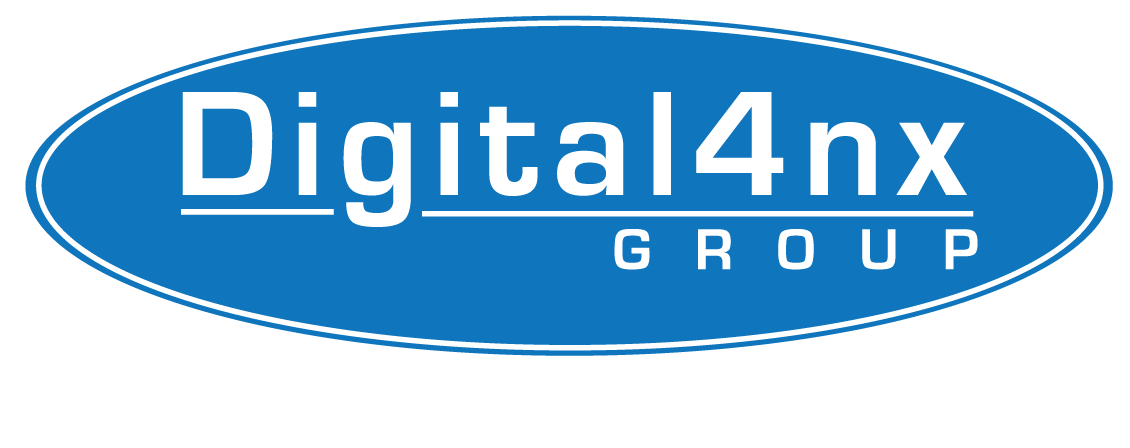The recent case of Partners Insight, LLC v. Gill highlights a crucial yet often underestimated aspect of ediscovery: the manner of production. While much attention in ediscovery circles revolves around the content and format, the manner in which documents are organized and delivered can significantly impact case preparation and strategy. Let's delve into the case details, the court's analysis, and key takeaways for litigators.
Understanding Manner of Production
The manner of production in ediscovery encompasses two vital components:
- Delivery Method: This pertains to how the document production is received—options might include secure file transfer, ShareFile links, or encrypted hard drives.
- Organization of Documents: This involves the structure of the data—whether it's a haphazard collection or organized by custodian, date, or another logical framework.
In the Partners Insight case, the defendants delivered over 180,000 documents electronically with metadata. However, the plaintiffs considered this a "document dump," arguing it violated their rights under Federal Rule of Civil Procedure 34(b)(2)(e), which governs both the form and manner of production.
The Court’s Analysis
The Court examined obligations under Rule 34(b)(2)(e), focusing on three provisions:
- Documents should be produced as kept in the usual course of business or labeled to correspond to the requests.
- If no specific form is requested, documents should be provided in a reasonably usable format.
- A party is not required to produce the same information in multiple forms.
The Court found that the defendants' production—using TIFF files with load files containing metadata—met these provisions. Since plaintiffs did not demonstrate that the production was unsearchable or missing necessary metadata, their motion to compel was denied.
Key Takeaways for Litigators
- Strategize Manner of Production: Consider negotiating the organization and delivery methods upfront to save time and costs. Specify requested metadata and document organization clearly in discovery requests.
- Request Native Format: Native formats typically maintain functional utility and usability. Explicitly ask for it in your requests to ensure productivity and context.
- Build a Strong Factual Record: Strong evidence is key in discovery motions. Provide proof of missing metadata or inefficiencies caused by disorganized data when challenging productions.
- Negotiate for Efficiency: Use strategic negotiation to control costs, especially with large volumes of ESI. Ensure data exports are organized and delivered efficiently.
- Stay Informed on Local Rules: Knowing local rules—such as California's requirements—can guide anticipation of production challenges and strategy adjustments.
The Partners Insight decision underscores the necessity of proactive planning in the manner of production during discovery. Litigators must strategically consider both the form and organization of ESI to ensure efficient and cost-effective discovery processes. Failing to specify needs or build a strong factual record can often leave parties at a disadvantage.
